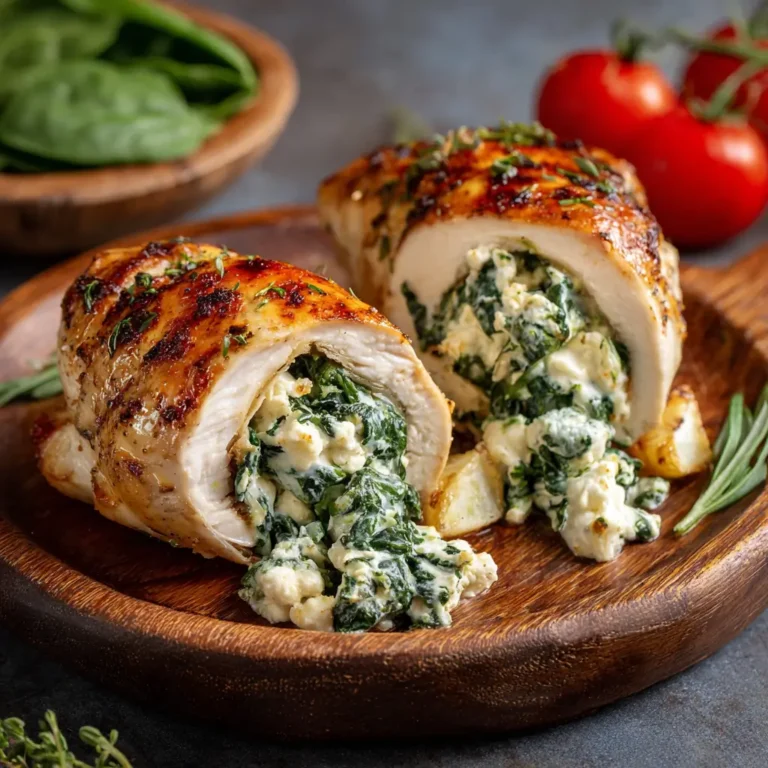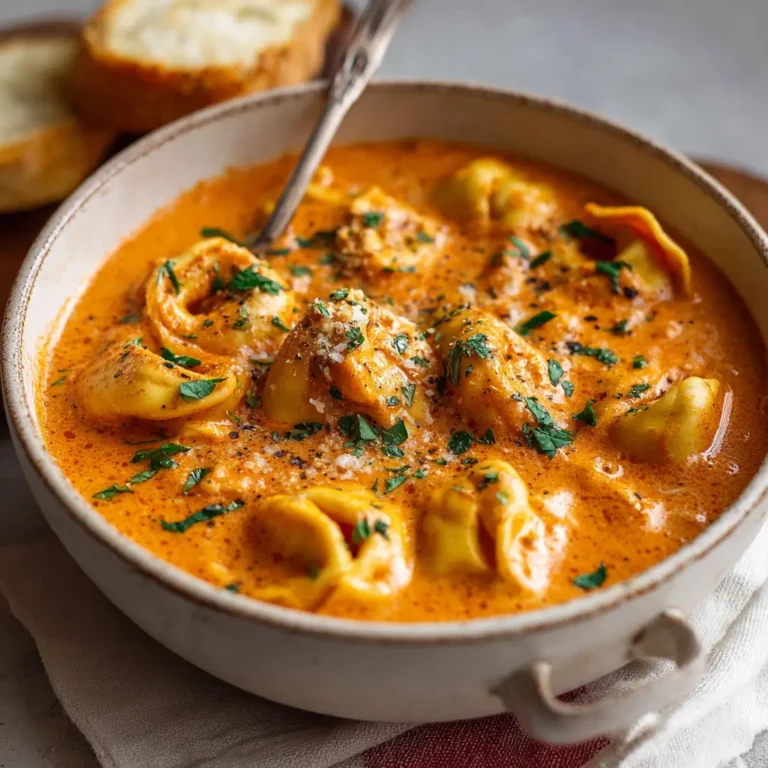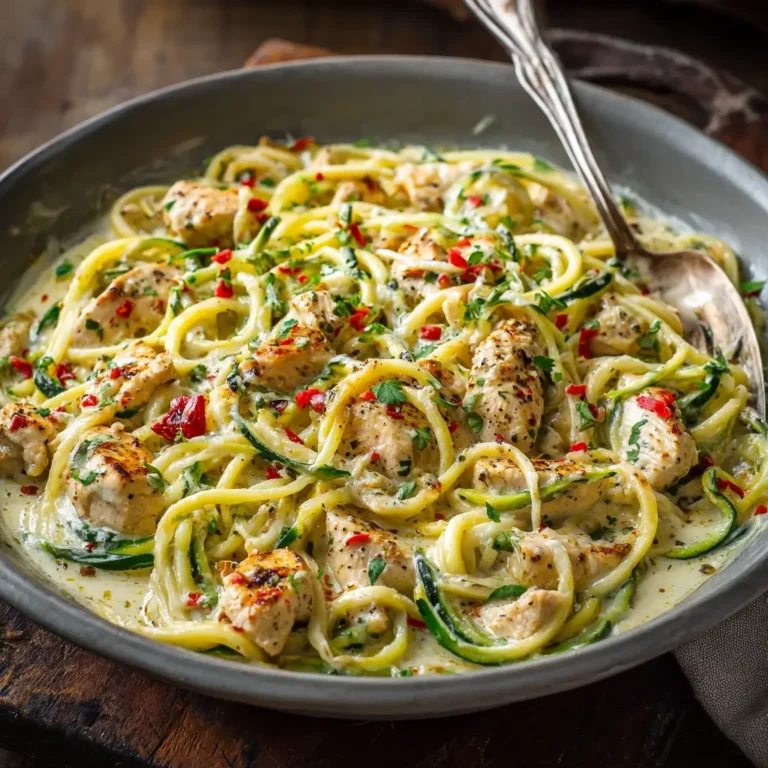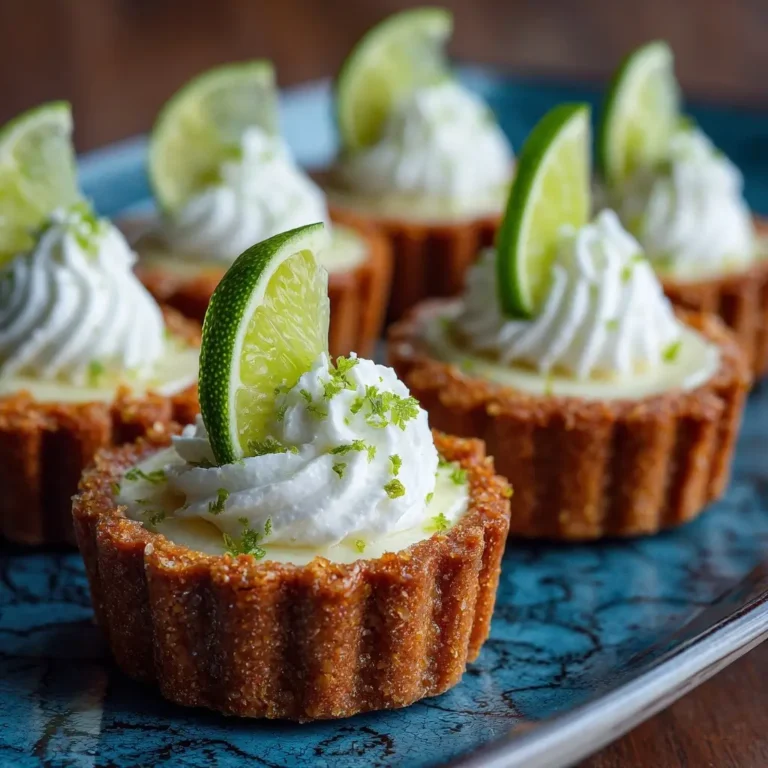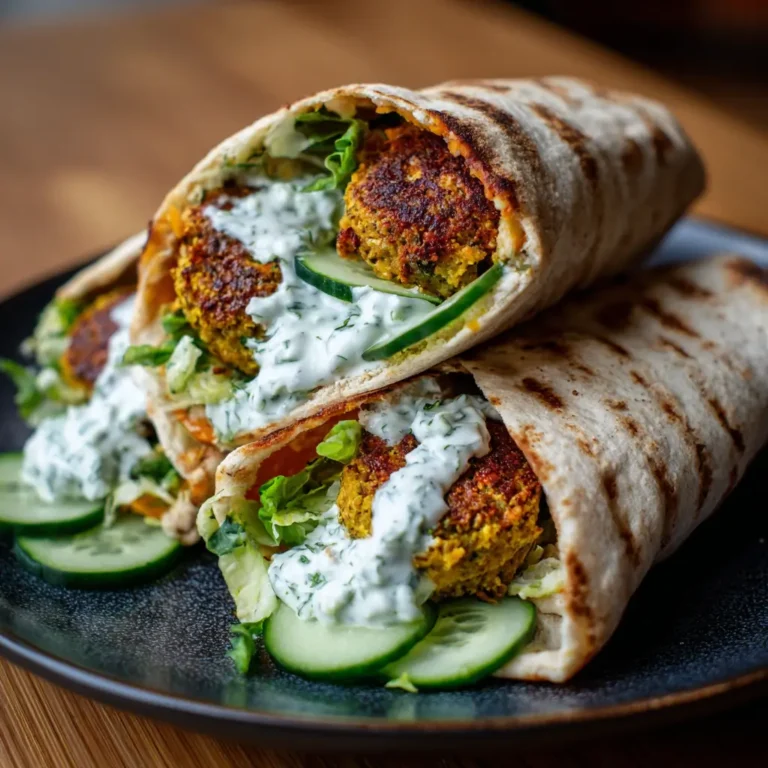Classic Rum Cake
Classic Rum Cake: A Timeless Caribbean Delight
The Classic Rum Cake is more than just a dessert—it’s a celebration in every bite. Steeped in rich cultural heritage and beloved across the Caribbean, this moist, buttery cake infused with deep, aromatic rum flavor has won the hearts of dessert lovers worldwide. Whether served at weddings, holidays, or Sunday gatherings, this indulgent treat carries generations of tradition on its golden-brown crust. In this comprehensive guide, we’ll take you through the full story behind this iconic dessert, break down every ingredient, walk you through each step with precision, offer expert tips, explore creative variations, analyze its nutritional aspects, and answer your most pressing questions—so you can bake the perfect rum cake with confidence.
The History of Classic Rum Cake
The origins of the Classic Rum Cake trace back to the sugarcane plantations of the Caribbean islands during the 17th and 18th centuries. With abundant sugar cane production came the natural byproduct: rum. As Caribbean cooks began experimenting with this potent spirit, they discovered that infusing it into desserts enhanced both flavor and shelf life. The earliest versions of rum cake evolved from English plum pudding and fruitcake traditions, adapted using local ingredients like dried tropical fruits, spices, and, of course, aged Caribbean rum.
In countries like Jamaica, Barbados, Trinidad, and Guyana, rum cake became a staple for festive occasions. It was often referred to as “black cake” due to the dark color imparted by burnt sugar (simple syrup) or molasses, along with the long-soaked fruits. Traditionally, families would begin preparing the fruit mixture months in advance—sometimes up to a year—allowing raisins, cherries, prunes, and currants to macerate in high-proof rum, creating an intensely flavored base. Over time, the recipe spread globally through migration and colonial trade routes, evolving into various regional forms, but always maintaining its signature richness and boozy depth.
Today, the Classic Rum Cake symbolizes celebration, warmth, and craftsmanship. From holiday tables in North America to wedding feasts in the West Indies, this cake continues to be a centerpiece dessert, passed down through family cookbooks and cherished memories.
Ingredients Breakdown: What Makes a True Classic Rum Cake
The magic of a Classic Rum Cake lies not only in technique but also in the careful selection and balance of ingredients. Each component plays a crucial role in building flavor, texture, and aroma. Below is a detailed breakdown:
- All-Purpose Flour: Provides structure to the cake. Sifted to ensure lightness and prevent clumping.
- Butter (Unsalted): High-quality butter adds richness and moisture. It should be softened to room temperature for proper creaming.
- Granulated Sugar: Sweetens the cake and helps aerate the batter when creamed with butter.
- Eggs (Large): Bind the ingredients together and contribute to leavening and structure. Room-temperature eggs blend more smoothly.
- Baking Powder & Baking Soda: Leavening agents that help the cake rise. Baking powder provides initial lift, while baking soda reacts with acidic components for extra volume.
- Salt: Enhances overall flavor and balances sweetness.
- Vanilla Extract: Adds warm, floral notes that complement the rum’s complexity.
- Milk or Buttermilk: Adds moisture and tenderness. Buttermilk introduces a slight tang and improves crumb softness.
- Dark Raisins, Candied Cherries, Prunes, Currants: The traditional dried fruits, usually soaked in rum for weeks to plump and absorb flavor.
- Dark Rum (Aged Preferred): The star ingredient. A full-bodied, spiced, or molasses-rich rum (such as Myers’s, Appleton Estate, or El Dorado) gives the cake its signature taste.
- Nutmeg, Cinnamon, Allspice: Warm spices commonly used in Caribbean baking to deepen flavor and add aromatic warmth.
- Boiled Fruit Mixture (Optional Traditional Step): Some recipes call for simmering the soaked fruits with sugar and additional rum to create a thick, jam-like base that intensifies flavor.
Note: For authenticity, many bakers use “rum wash” (a mix of rum and water) to brush the cake after baking, ensuring every layer is saturated with flavor.
Step-by-Step Recipe for Classic Rum Cake
Follow this detailed method to create a moist, dense, and deeply flavorful rum cake that captures the essence of Caribbean tradition.
Preparation (One Week Ahead – Recommended)
- Soak the Fruits: In a glass jar or non-reactive container, combine 2 cups mixed dried fruit (raisins, currants, chopped prunes, candied cherries, citron) with 1 cup dark rum. Seal tightly and store in a cool, dark place. Shake daily. Soak for at least 3 days, preferably 1–2 weeks for maximum flavor infusion.
Ingredients for the Cake (Yields one 9-inch round or Bundt cake)
- 1½ cups (300g) granulated sugar
- 1 cup (2 sticks / 226g) unsalted butter, softened
- 4 large eggs, room temperature
- 2 cups (250g) all-purpose flour, sifted
- 1½ tsp baking powder
- ½ tsp baking soda
- ¼ tsp salt
- 1 tsp vanilla extract
- ½ cup (120ml) milk or buttermilk
- 1 cup rum-soaked fruit mixture (from above)
- ¼ cup (60ml) dark rum (for batter)
- 1 tsp ground cinnamon
- ½ tsp ground nutmeg
- ¼ tsp ground allspice
Directions
- Preheat Oven: Set oven to 325°F (165°C). Grease and flour a 9-inch round cake pan or Bundt pan. Line the bottom with parchment paper for easy removal.
- Cream Butter and Sugar: In a large bowl, beat butter and sugar with an electric mixer until light and fluffy (about 5 minutes). Scrape down the sides as needed.
- Add Eggs: Beat in eggs one at a time, ensuring each is fully incorporated before adding the next. Mix in vanilla extract.
- Dry Ingredients: In a separate bowl, whisk together flour, baking powder, baking soda, salt, cinnamon, nutmeg, and allspice.
- Alternate Wet and Dry: Gradually add the dry ingredients to the butter mixture in three parts, alternating with milk, beginning and ending with dry ingredients. Mix on low speed until just combined.
- Incorporate Rum and Fruits: Stir in the ¼ cup dark rum, then gently fold in the rum-soaked fruits using a spatula. Do not overmix.
- Pour Batter: Transfer the batter into the prepared pan, smoothing the top with a spatula.
- Bake: Bake for 60–75 minutes, or until a toothpick inserted into the center comes out clean. If the top browns too quickly, tent loosely with aluminum foil.
- Cool: Let the cake cool in the pan for 15 minutes, then transfer to a wire rack.
- Rum Syrup Soak (Key Step): While the cake is still warm, prepare a syrup: heat ½ cup sugar and ¼ cup water in a saucepan until dissolved. Remove from heat and stir in ¼ cup dark rum. Using a skewer, poke holes all over the cake and slowly brush or drizzle the warm rum syrup over the surface. Allow the cake to absorb the liquid completely.
- Aging (Optional but Recommended): Wrap the cooled cake in plastic wrap and store at room temperature for 2–3 days, or refrigerate for up to 1 week. For deeper flavor, “feed” the cake every few days with a tablespoon of rum brushed on top.
Tips for the Perfect Classic Rum Cake
- Use Quality Rum: Since rum defines the flavor, choose a brand you’d enjoy sipping. Avoid cheap, harsh rums.
- Don’t Skip the Soak: Pre-soaking fruits prevents them from drying out the cake and ensures even distribution of rum flavor.
- Avoid Overmixing: Once flour is added, mix only until combined to prevent a tough crumb.
- Room Temperature Ingredients: Cold eggs or butter can cause the batter to curdle or bake unevenly.
- Slow Cooling: Let the cake cool gradually to prevent cracking.
- Double Soak for Intensity: For a truly decadent cake, soak again after unmolding with another round of rum syrup.
- Storage Tip: Rum cake improves with age. Store in an airtight container; it keeps well for up to 2 weeks at room temperature or 3 months frozen.
Variations and Customizations
The beauty of Classic Rum Cake lies in its adaptability. Here are several ways to personalize your version:
- Fruit Variations: Swap traditional fruits for dried apricots, figs, pineapple, or mango for a tropical twist.
- Liqueur Infusions: Replace part of the rum with orange liqueur (Cointreau), coffee liqueur (Kahlúa), or amaretto for layered complexity.
- Gluten-Free Version: Use a 1:1 gluten-free flour blend and ensure all other ingredients are certified GF.
- Vegan Adaptation: Substitute butter with vegan margarine, eggs with flax eggs (4 tbsp ground flax + 10 tbsp water), and milk with almond or oat milk. Use rum without honey additives.
- Chocolate Rum Cake: Add ½ cup cocoa powder to dry ingredients and fold in chocolate chips for a richer profile.
- Lighter Version: Reduce sugar by 25%, use half butter/half applesauce, and opt for a lighter rum.
- Mini Rum Cakes: Bake in muffin tins for individual servings—perfect for gifts or parties. Adjust baking time to 20–25 minutes.
- White Rum Cake: Use white rum and light-colored fruits (golden raisins, green candied cherries) for a paler, milder version sometimes called “white cake” in the Caribbean.
Health Considerations and Nutritional Value
While undeniably delicious, Classic Rum Cake is a rich dessert best enjoyed in moderation. Here’s a general nutritional estimate per slice (1/12 of cake):
- Calories: ~380–450 kcal
- Total Fat: 18–22g (mostly from butter)
- Saturated Fat: 10–12g
- Carbohydrates: 55–65g
- Sugars: 40–50g (including natural sugars from fruit)
- Protein: 4–6g
- Alcohol Content: Varies based on soaking and feeding; typically 1–3% ABV per serving after baking (some alcohol evaporates during cooking).
Health Notes:
- High in Sugar and Fat: Not ideal for those managing diabetes, heart conditions, or weight.
- Alcohol Warning: Not suitable for children, pregnant women, or individuals avoiding alcohol.
- Dried Fruits Offer Benefits: Provide fiber, iron, and antioxidants, though portion size limits impact.
- Gluten and Dairy: Contains both; alternatives required for those with intolerances.
- Energy Dense: Best consumed as an occasional treat rather than a daily dessert.
Frequently Asked Questions (FAQ)
Can I make rum cake without alcohol?
Yes, though it won’t be traditional. Substitute rum with strong brewed tea, grape juice, or apple juice mixed with vanilla and a splash of vinegar for acidity. However, the unique depth of rum cannot be fully replicated.
How long does rum cake last?
Properly stored in an airtight container, it lasts 1–2 weeks at room temperature, 3–4 weeks refrigerated, and up to 3 months frozen. The flavor often improves over time.
Why did my cake turn out dry?
Common causes include overbaking, insufficient fruit soak, skipping the rum syrup, or overmixing the batter. Ensure accurate timing and follow the soaking and soaking steps carefully.
Can I freeze rum cake?
Absolutely. Wrap tightly in plastic and foil, then freeze. Thaw at room temperature and refresh with a small amount of rum if desired.
Is it safe to eat rum cake if I don’t drink alcohol?
Most of the alcohol cooks off, but residual traces remain, especially in heavily soaked cakes. Those avoiding alcohol entirely should avoid it.
What kind of pan should I use?
A Bundt pan creates an elegant presentation and allows even heat distribution. A deep round cake pan works too. Avoid shallow pans as the batter is dense.
Can I add nuts?
Yes! Chopped walnuts, pecans, or almonds (½ cup) add crunch and flavor. Toast them first for enhanced aroma.
Why is my cake heavy?
Overmixing, expired leavening agents, or under-creaming butter and sugar can result in a dense texture. Cream butter and sugar thoroughly and check your baking powder/soda freshness.
Summary
The Classic Rum Cake is a luxurious, time-honored dessert that blends Caribbean tradition with rich, boozy flavor and tender crumb. From its historical roots in sugarcane plantations to modern kitchen adaptations, it remains a symbol of celebration and craftsmanship.

